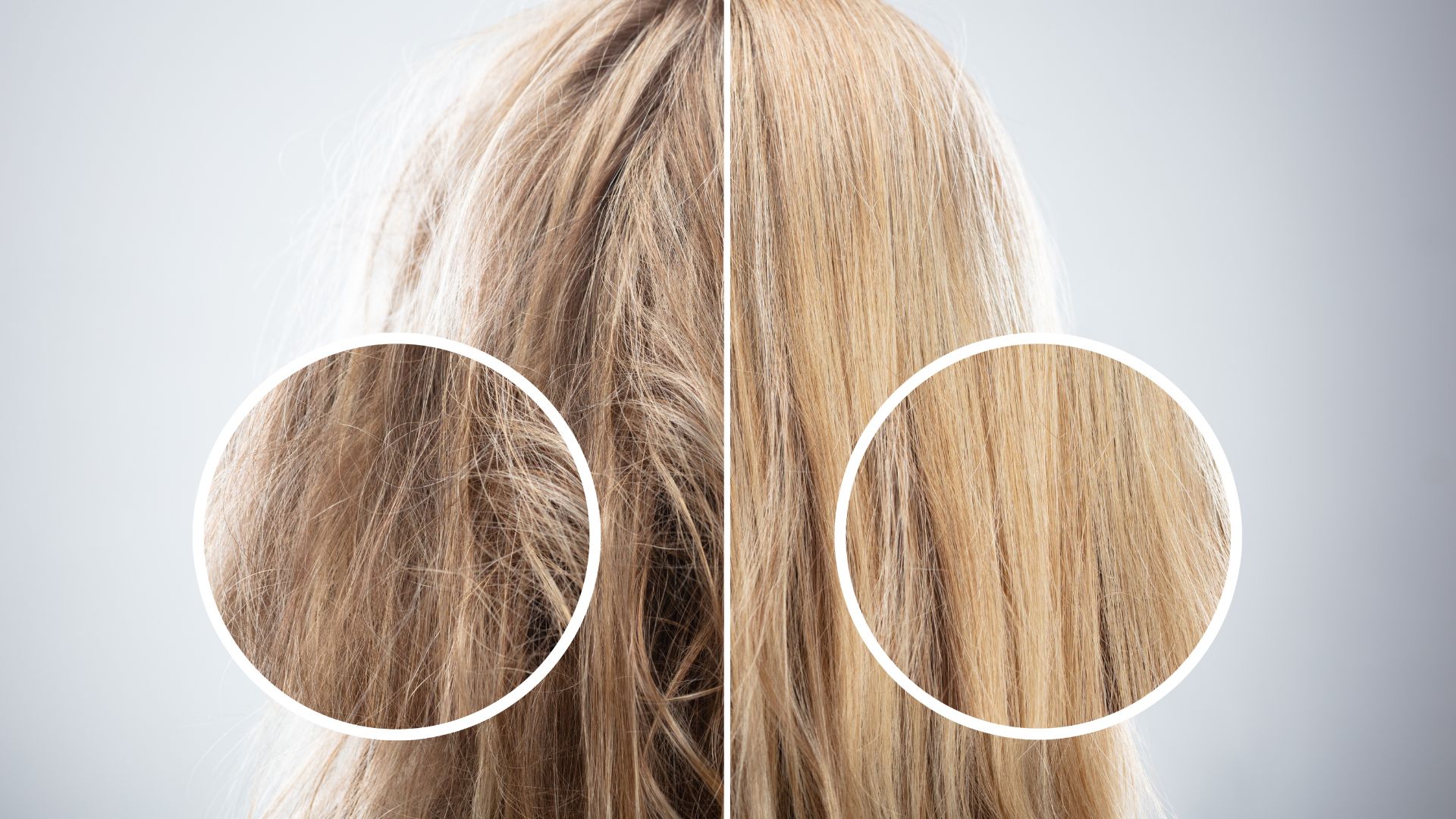Have you ever wondered why your hair seems to resist moisture, or why certain hair products just don’t seem to work for you? The answer might lie in your hair’s porosity. As someone who’s spent years helping people understand their hair better, I can tell you that knowing your hair porosity is like discovering the secret code to your hair care routine.
What is Hair Porosity?
Think of your hair strands as tiny tubes covered in scales (called the cuticle layer). Hair porosity refers to how easily these tubes can absorb and retain moisture. It’s like the difference between a sponge, a plastic bottle, and something in between – each absorbs and holds water differently.
Why Hair Porosity Matters
Your hair’s porosity level affects:
- How well your hair absorbs moisture
- Which products work best for your hair
- The effectiveness of hair treatments
- Your daily styling routine
- How long it takes your hair to dry
Simple Ways to Test Your Hair Porosity at Home
1. The Float Test: Your First Step
Here’s a simple test you can do right now:
- Take a clean strand of hair (one that has naturally fallen out)
- Fill a clear glass with room temperature water
- Drop the strand into the water
- Observe for 2-4 minutes
What it means:
- If the hair floats: Low porosity
- If it sinks slowly: Normal porosity
- If it sinks immediately: High porosity
2. The Spray Bottle Test: Watch and Learn
This test is particularly revealing:
- Take a section of clean, dry hair
- Spray it lightly with water
- Observe what happens
What to look for:
- Water beads up and sits on hair = Low porosity
- Water gradually absorbs = Normal porosity
- Water immediately disappears = High porosity
3. The Sliding Test: Feel Your Way to Knowledge
Run your fingers up a strand of hair toward your scalp:
- Smooth feeling = Low porosity
- Slightly bumpy = Normal porosity
- Very bumpy or rough = High porosity
Understanding Your Results
Low Porosity Hair
Your hair’s cuticles are tightly packed, making it challenging for moisture to penetrate. Think of it like a waterproof jacket – great at repelling moisture but requires special techniques to get hydration in.
Characteristics:
- Takes forever to get wet
- Products tend to sit on top of hair
- Very slow to air dry
- Often looks glossy
- Resistant to chemical processes
Normal Porosity Hair
The sweet spot of hair types. Your cuticles are neither too tight nor too loose, allowing for balanced moisture absorption and retention.
Characteristics:
- Easily manageable
- Holds styles well
- Absorbs moisture easily
- Processes well with chemicals
- Doesn’t require excessive maintenance
High Porosity Hair
Your hair cuticles are more raised or damaged, allowing moisture to enter and exit quickly – like a sieve with water.
Characteristics:
- Gets wet very quickly
- Dries rapidly
- Prone to frizz
- Absorbs products easily
- May look dull without proper care
Caring for Your Hair Based on Porosity
Low Porosity Hair Care Tips
- Use light, liquid-based products
- Apply products to damp hair
- Utilize heat when deep conditioning
- Focus on protein-free moisturizers
- Consider using steam treatments
Normal Porosity Hair Care Tips
- Maintain regular conditioning
- Use moderate protein treatments
- Focus on prevention
- Balance moisture and protein
- Regular trims to maintain health
High Porosity Hair Care Tips
- Use leave-in conditioners
- Seal moisture with oils
- Regular protein treatments
- Cool water rinses
- Anti-humectant products in humid weather
Common Mistakes to Avoid
- Using the wrong products for your porosity level
- Over-processing your hair
- Ignoring environmental factors
- Using too much protein
- Not adjusting care seasonally
The Impact of External Factors
Your hair’s porosity isn’t set in stone. Several factors can affect it:
- Chemical treatments
- Heat styling
- Environmental exposure
- Age
- Mechanical damage
When to Seek Professional Help
Consider consulting a hair care professional if:
- You’re struggling to determine your porosity
- Your hair isn’t responding to treatments
- You notice significant changes in your hair’s behavior
- You’re planning major chemical treatments
Moving Forward with Your Hair Care Journey
Understanding your hair’s porosity is just the beginning. Use this knowledge to:
- Choose appropriate products
- Develop an effective hair care routine
- Protect your hair from damage
- Achieve your hair goals more efficiently
Remember, healthy hair isn’t about having perfect porosity – it’s about understanding what your hair needs and providing it with appropriate care. With this knowledge, you’re now equipped to make better decisions about your hair care routine and product choices.
Whether you’re dealing with low, normal, or high porosity hair, the key is consistency and patience. Start implementing these tips today, and you’ll be on your way to healthier, more manageable hair.



